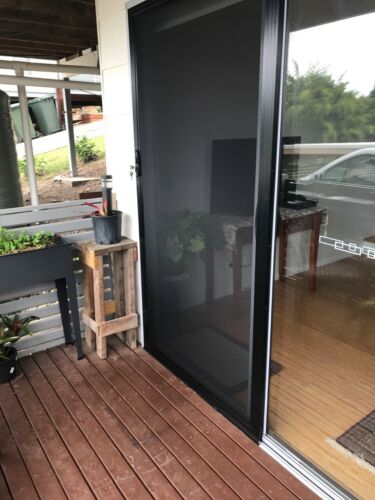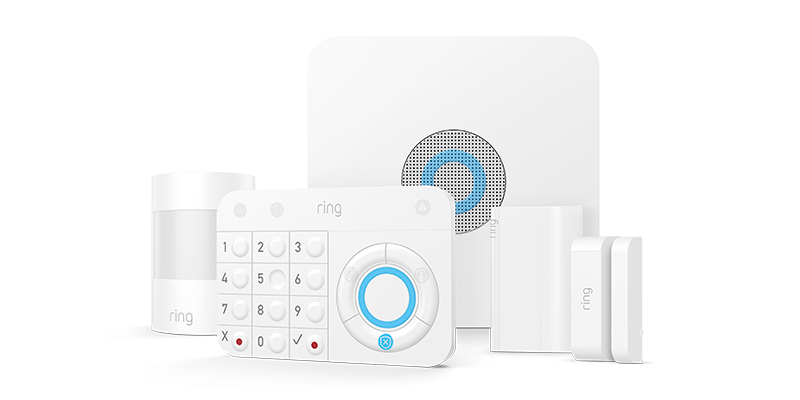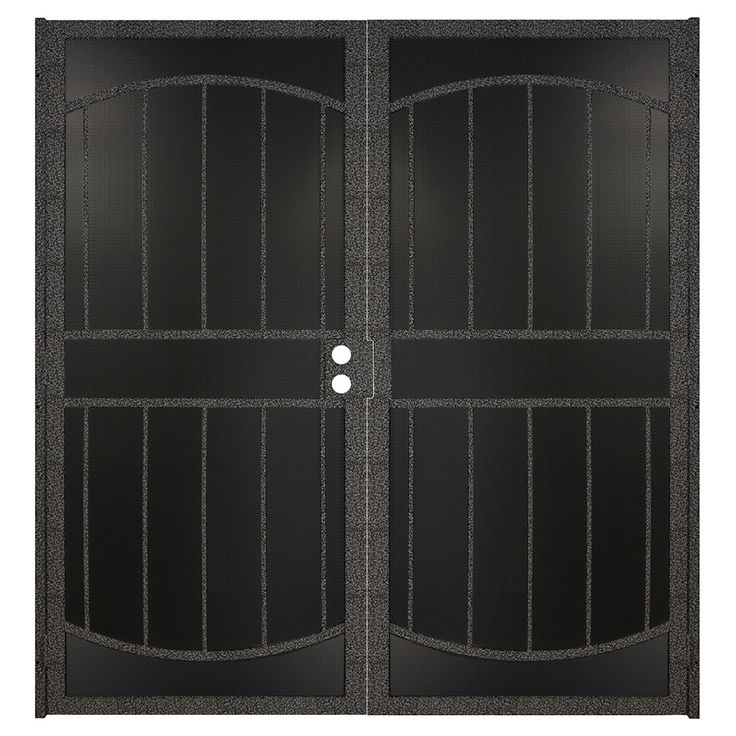
Door reinforcers are a great option for protecting your home. These are typically made from metal and placed around the door's latch. They are used to protect the lock from forceful entry and kick ins. If you have a front or side door, you might want to install one. These devices are available at your local Home Improvement Center or online. You should make sure that they fit your door.
Wrap around door plates are a three-sided metal plate that extends the door's edge by approximately one third. It is difficult to open the door because of this. In addition, these devices are often made of high-grade materials, such as 22-gauge stainless steel. Plates are designed to stop break-ins and are completed with superior methods.
Door security kits can be purchased that include all of the components you need to lock your door. These are great options if you can't replace your doors or locks or if there is a need to remodel your home. Depending on your kit, you may get additional protection in form of a hinge shield and/or door guard.

Defender Security Strike Plate is a door wraparound plate. It includes both a strike and a deadbolt. It's made of durable powder-coated steel and can extend between 36 and 51 inches. With the included 3-inch wood screws, you won't have to cut or modify your door.
Swing bar locks are another type of door security system. These devices can be purchased for around $20, and are a great choice for those who wish to increase their home's security without having to do a complete remodel. Some devices can attach directly to the door, while others can attach to a frame. Others have a removable design and can be installed on the floor.
Chains and chain guards may also be used to protect your doors. These devices can be used on sliding doors as well as drive-in latches. Chain guards add an extra layer of security to the door and are also helpful if you're renting a home.
Although they are a great way of keeping your home safe, be sure to check how well they are constructed. High quality products can be costly and made of durable materials. Amazon has many options for affordable alternatives.

You'll need to ensure that the door reinforcer you choose is strong enough to support your door's thickness. Also, consider the type of floor that you have. You will want to choose a product that is heavy-duty if your concrete slab is the base. Although most of these products are compatible with standard doors, certain models are optimized for flush-face or hinged doors. Some of the most costly models are also designed to be used with doors as thick as 1-3/8".
FAQ
What is the best home security system?
Ring Video Doorbell Pro is the number one home security system. It allows you to see and speak to anyone at anytime from anywhere using your smartphone. You can also record video footage, and then share it with your family and friends via email or text message.
Who is the best home security surveillance company?
The best home security monitoring company is ADT. They provide 24/7 monitoring at an affordable cost. Their customer support team is available around the clock, and they will respond to any issues within minutes.
ADT also offers an iOS and Android app. You can now check the status of your home from anywhere, at any time.
How can I choose among different home security systems?
You should consider what kind of threats are in your area. An alarm that will sound when someone enters your residence might be a good idea if your area is plagued by crime. In rural areas where there are fewer burglaries, you might not need as much security.
You also need to consider whether or not you're willing pay more for these extra features. Some systems have cameras built-in, others don't. Some allow you monitor your house remotely while others require you physically to view the footage.
Can I install my own security camera?
Yes! If you know how to install an alarm system, you can do it yourself. You can hire an expert to install your alarm properly if you don't feel confident.
Statistics
- Most home security companies will charge you around 75% of the remaining term of your contract if you cancel early—and some require 100%.Related questionsWhat type of contract length can I expect from security providers?Home security system cancellation (safewise.com)
- Depending on your insurance, 24/7 professional monitoring may qualify you for as much as 15% off your premium. (safewise.com)
- Related questionsHome security systems that are 100% DIY (safewise.com)
- That's probably why Cove has a whopping 98%* customer retention rate. (safewise.com)
External Links
How To
How to Install an Home Security System
A home security camera is a device that monitors your house and alerts you when there's activity. It could be a motion detector, doorbell camera or smoke detector. A home security package usually includes one or more sensors (e.g. a motion detector), which send signals whenever they detect sound or movement. The signals are then sent over to a control box where they are monitored and recorded. If there's a problem such as someone breaking into your house or other suspicious activity, the control panel sends an alert via your phone, tablet computer, voice assistant, or computer. You'll know what's going on and can take action immediately.
First, you must choose the right type sensors for your home to install a home security system. There are two main types: passive and active sensors. Passive sensors do not require batteries. They simply pick up sounds and vibrations around them. They include doorbells, sirens and buzzers. Active sensors transmit data using electricity. Cameras and motion sensors are two examples of active sensors.
There are many brands of sensors today. Each brand has their own pros and cons. Some sensors can withstand extreme weather conditions, while others cannot. Some of them have built in speakers so that you can still hear them from outside. Others only work inside. Some of these are very basic, while others have advanced features such night vision.
Once you have chosen the right type of sensor for your property, it is time to select a manufacturer. This will ensure that all your sensors work together. The hardware store should offer many choices.
Once you have selected a brand of sensor, you need to decide the number you wish to buy. Depending upon whether they live alone or in a group, most people begin with one or two sensors. If you are planning to add sensors later on, you may consider purchasing additional sensors.
Next, think about where you want them to go. Do you want them near windows and doors? Do you prefer to keep them away? Make sure you get permission before placing them around your property. They should not be in conflict with any electrical outlets.
Now that you know the exact location of your sensors you will need a connection to your control board. You might need a power adapter for your setup. Once you have everything in place, your property can be monitored!